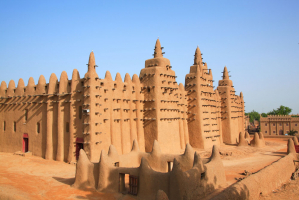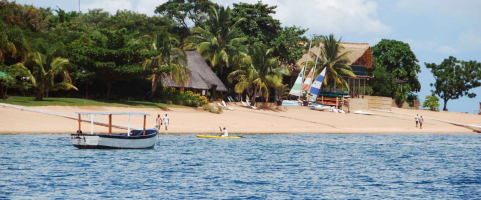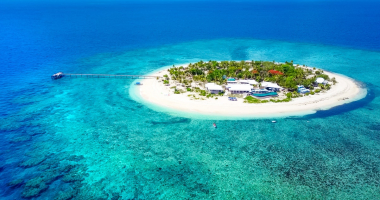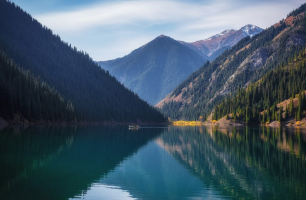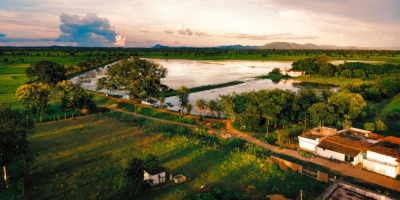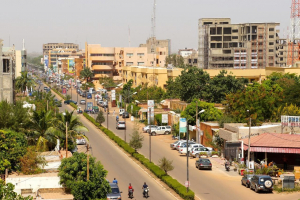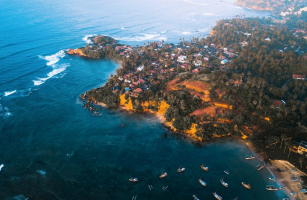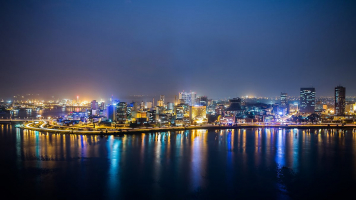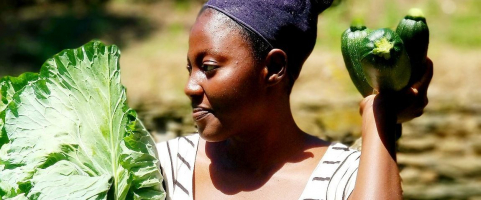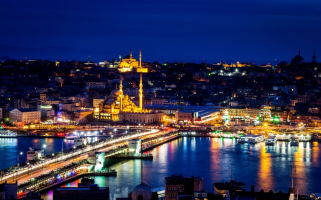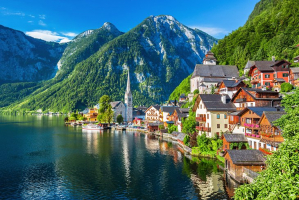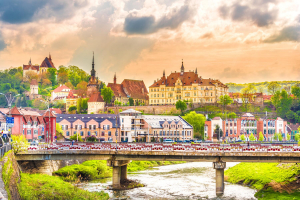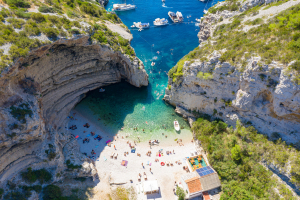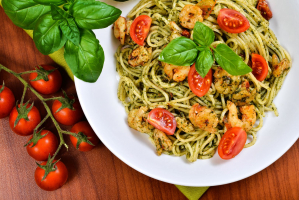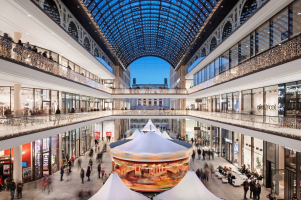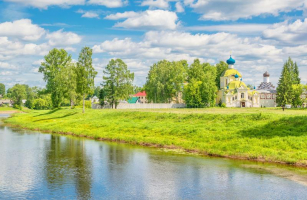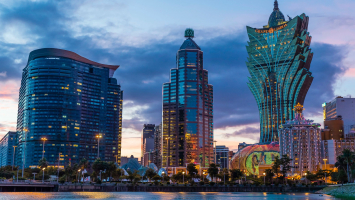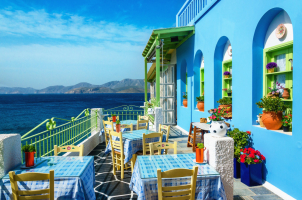Top 10 Things About Chile You Should Know Before Travelling
A tour to South America must include a stop in Chile! The country possesses the most unique geographical features in the world. Consider a 4,300-kilometer-long ... read more...sliver of land that finishes in a chain of islets that connects two oceans. Its vast terrain, which stretches between the Pacific Ocean and the Andes mountain range, is home to a diverse spectrum of scenery. If you're considering a trip to Chile for the first time, there are probably a thousand things you'd like to know before you go. Let's go over the top ten things about Chile you should know before travelling!
-
Chile is a fairly safe destination for South American travelers. This is one of the things about Chile you should know before travelling. Chile is now ranked 27th safest country on the earth, according to the Global Peace Index (updated every year). Along with Uruguay, it is often regarded as the safest country in South America. The "thin country" can be regarded a particularly safe destination due to its low crime rates and friendly attitude toward visitors (especially if you visit its spectacular national parks).
Visiting and residing in Chile nowadays is not particularly dangerous, and many Chileans pride themselves on remaining the most stable and developed country in Latin America, despite glaring inequities. Most visitors and expatriates have no problems, and they enjoy a level of living and service that is unrivaled on the continent of South America.
Regardless, there is no reason not to take the bare minimum of measures. Basic safety advice is always in order: stay away from demonstrations and gatherings, and don't roam around with valuables. Always keep a copy of your identification (passport, driver's license, etc.) at your lodging. Leave the very minimum of cash with you and pay discreetly, as in all countries.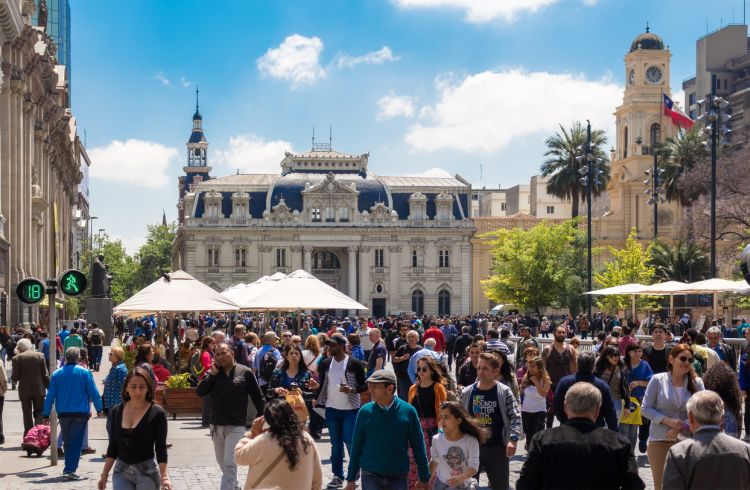
https://www.worldnomads.com/ 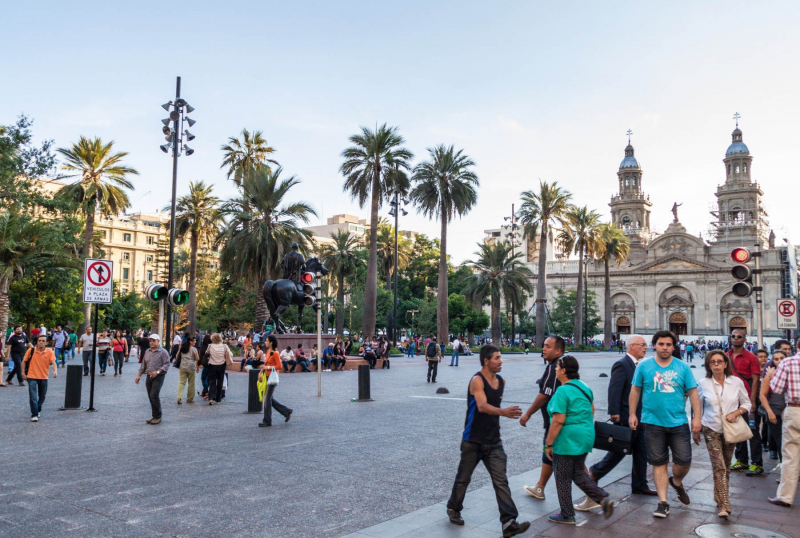
https://www.indiaimagine.com/ -
Chile is the most developed country in South America, and some visitors refer to it as Latin America's "most European-like country." As a result, it is more expensive than its neighbors Bolivia, Peru, and Argentina, and you should check the current exchange rate before traveling to Chile (the local currency is the Chilean peso). Even so, you'll be pleasantly pleased by the pricing, which are 30% to 40% less than in Europe or North America. Of course, your budget will vary greatly based on the time period and the level of comfort sought.
To give you an idea, restaurant costs are comparable to those in the United States for similar-level establishments. Prices differ greatly from one location to the next (for instance, prices in Patagonia are usually higher than the ones in central Chile). But, whether it's for the meals or the trips, you almost always receive more than you pay for! Chilean cuisine is superb, and the guides and travel experiences are both really rewarding.
Don't worry if you're on a tight budget! Alternatives include modest restaurants and delectable street cuisine, as well as more accessible vacation experiences.
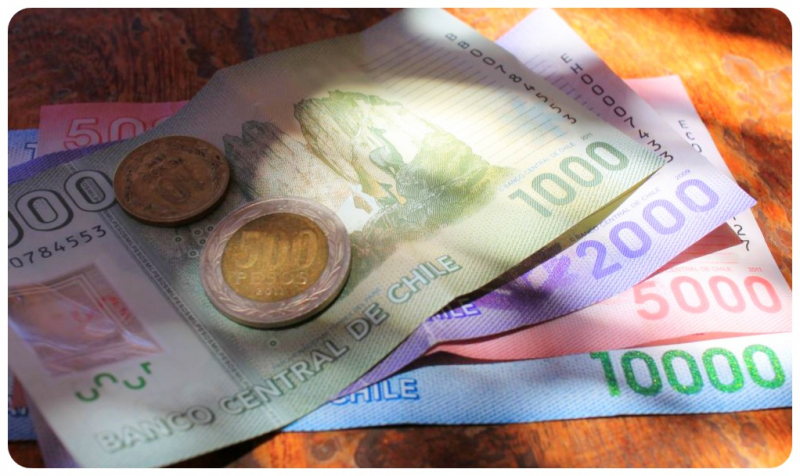
https://globetrottergirls.com/ 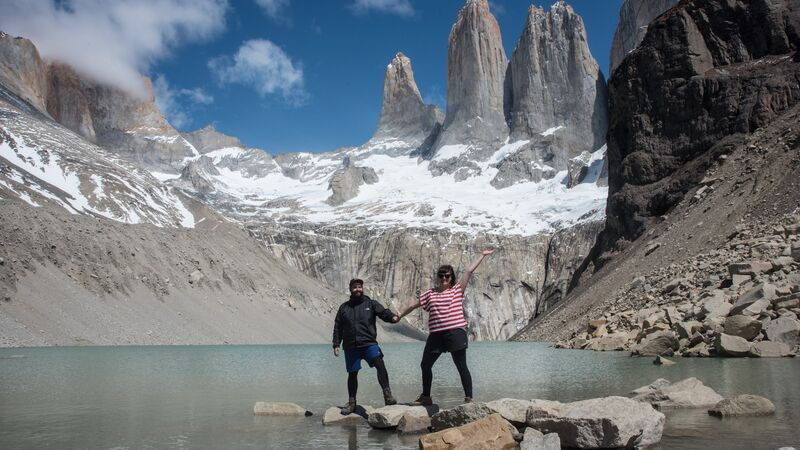
https://www.intrepidtravel.com/ -
Chile's climate is influenced by its enormous north-south extent and consequently latitude differences, as well as the influence of Pacific Ocean maritime currents. The weather in the north is dry and relatively mild. The climate is more Mediterranean in the center, with rain from May to August and temperatures as high as 28°C in January. Finally, towards the south, you will experience more wind, rain, and snow, with summer temperatures rarely exceeding 10°C. The best time to visit Chile is from November to April, and particularly from December to February if you wish to see the country's south.
Chile is a country of contrasts. The world's driest desert (the Atacama Desert) is in the north, while the world's third freshwater reserve is in the south (the Patagonian ice fields). That is why, when it comes to planning a trip to Chile, it can be difficult to grasp.While most people believe there is no rain in northern Chile, there is the possibility of significant rain in the summer, particularly between December and March. This is due to the Altiplanic winter, which can bring storms to the Arica and Parinacota regions, as well as the Atacama region.
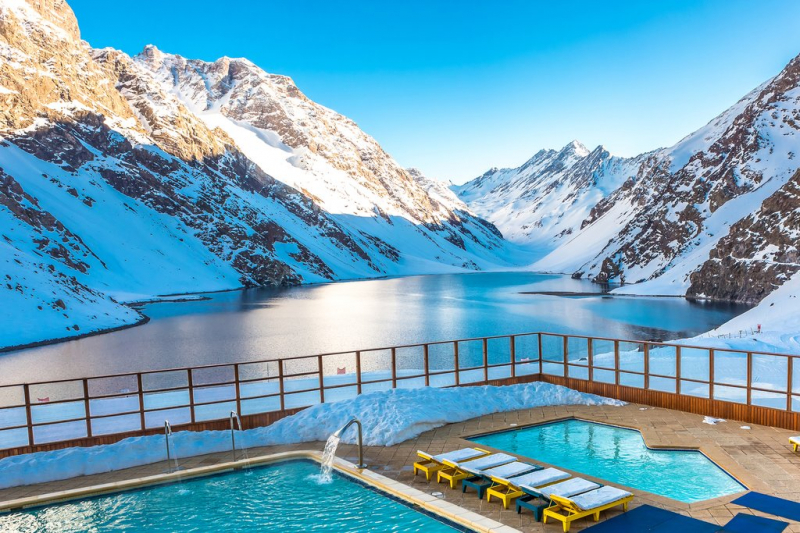
https://www.kimkim.com/ 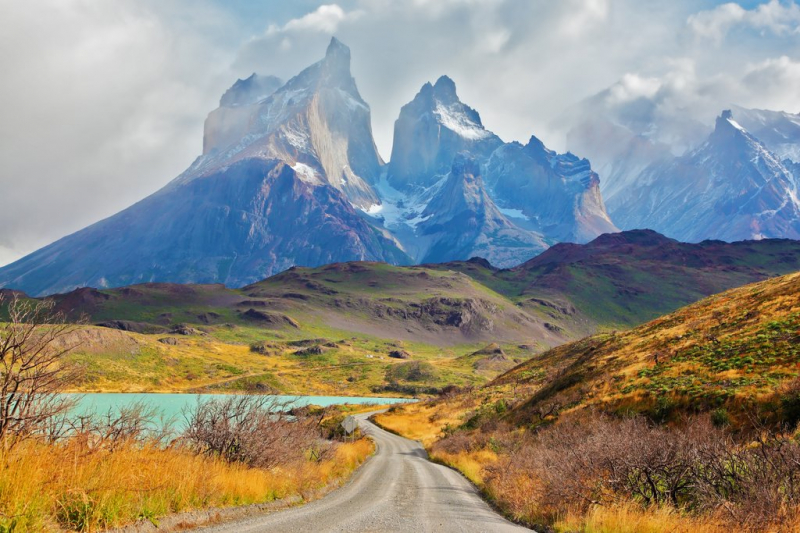
https://www.kimkim.com/ -
Although Chile cannot claim to be the world's longest country, it may easily be the shortest. In actuality, it is barely 180 kilometers wide on average (111.85 miles). As a result, many people wrongly believe that Chile is the world's longest country. When measured from east to west, however, Russia is somewhat longer, and Brazil is slightly longer when measured from north to south.
You've figured it out: distances are long, and domestic flights take a few hours on average (for instance, it takes roughly 3,30 hours to get from Santiago to Punta Arenas). You'll have to drive a lot, especially if you go to Patagonia, in addition to the hours spent flying. A 5- to 6-hour (beautiful) trip from the Punta Arenas airport to EcoCamp Patagonia is required!
If you're planning a trip to Easter Island, keep in mind that the "world's most distant island" is 3.759 kilometers (2.335 miles) from Santiago (a 5-hour and 40-minute flight).
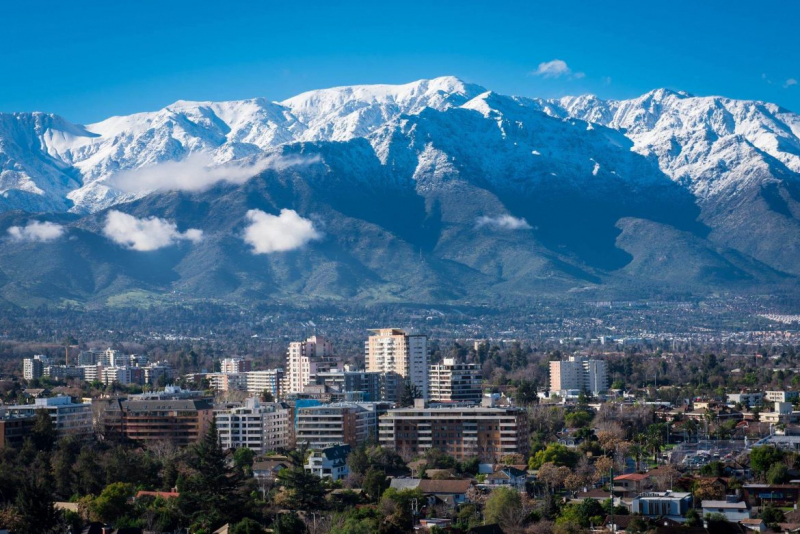
https://cell.com.vn/ 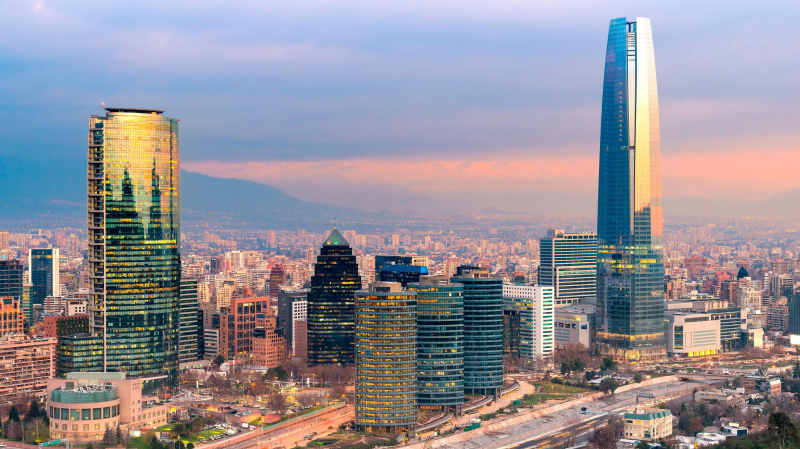
https://theculturetrip.com/ -
"If you come to Chile, you will be welcomed with open arms." This assertion is correct. Chileans do, however, have several traditions, mannerisms, and practices that may perplex you. What are some of the most amusing facts? Almost every word in Chile ends with "-po" (for emphasis or just because locals feel like it). Chileans eat lunch at 2:00 p.m. and "elevenses" later in the evening. What exactly does that imply? It's similar to having an afternoon tea with avocado, jam, paté, or ham on bread. This is one of the things about Chile you should know before travelling.
When Chile have football games, everything comes to a halt, so the streets may appear deserted (but wait until the jubilation if Chile wins!).
Finally, Chile is a seismically active nation. Only an earthquake with a magnitude greater than 6 on the Richter scale is considered an earthquake in Chile, according to locals. Some Chileans are unaffected by earthquakes that are less than 6 on the Richter scale. It's merely a "temblor" in these circumstances, they claim (tremor).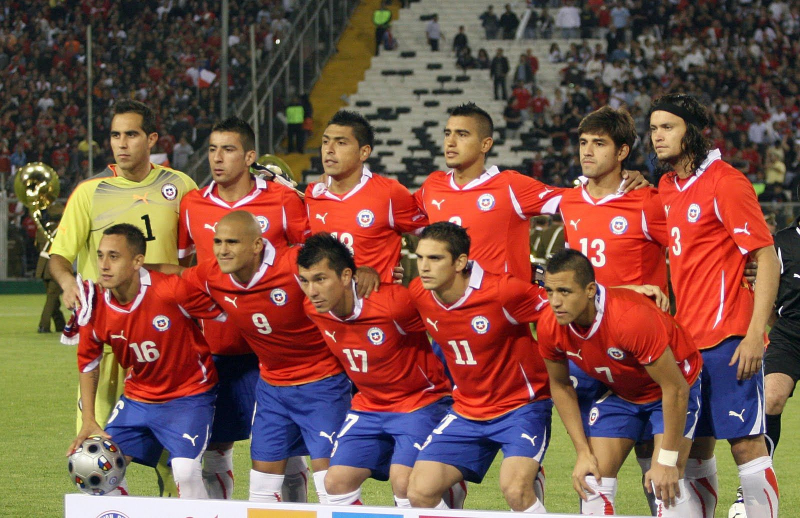
https://www.pinterest.com/ 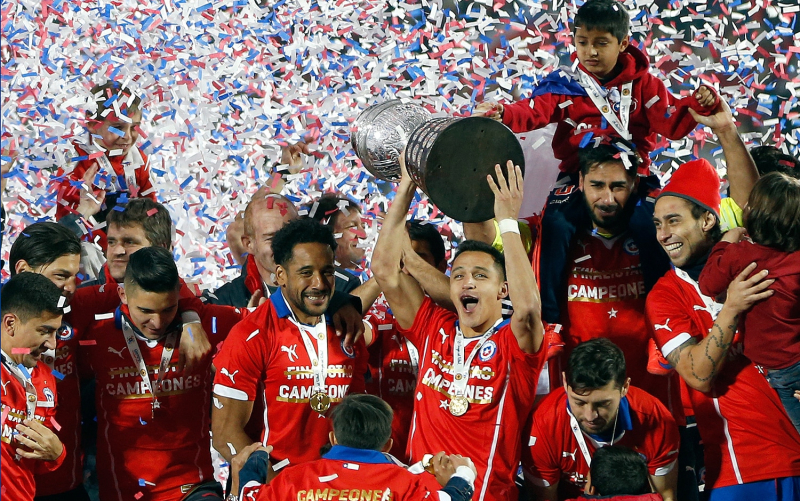
https://africasacountry.com/ -
Chile's political situation is still uncertain. Political demonstrations are common in central Santiago and Valparaiso, particularly at the Plaza Baquedano (Plaza Italia), Lastarria, and Bellavista neighborhoods. Violent outbursts can happen at any time, as they did in the Santiago suburbs of Las Condes, Providencia, and Vitacura, where the Australian and other embassies are located.
In the Araucana region, political tensions are escalating, as are violent events. If you're traveling in or around that area, be cautious. Foreign nationals are prohibited from participating in political activities under local legislation. Protesting or participating in demonstrations can lead to arrest or deportation. Protests and huge public gatherings should be avoided. These have the potential to turn violent. Tear gas and water cannons are used by the authorities.
Mugging, armed robbery, pickpocketing, and bag snatching are all common crimes in the city. Don't go for a walk by yourself, especially at night. Robberies on intercity buses sometimes happen when people are sleeping. Keep your belongings close to you and double-check everything before getting off the bus. This is one of the things about Chile you should know before travelling.
Domestic terrorism is occasionally perpetrated, primarily by anarchist groups in Santiago. It's possible that they'll employ explosives. Be on the lookout for anything strange and report it.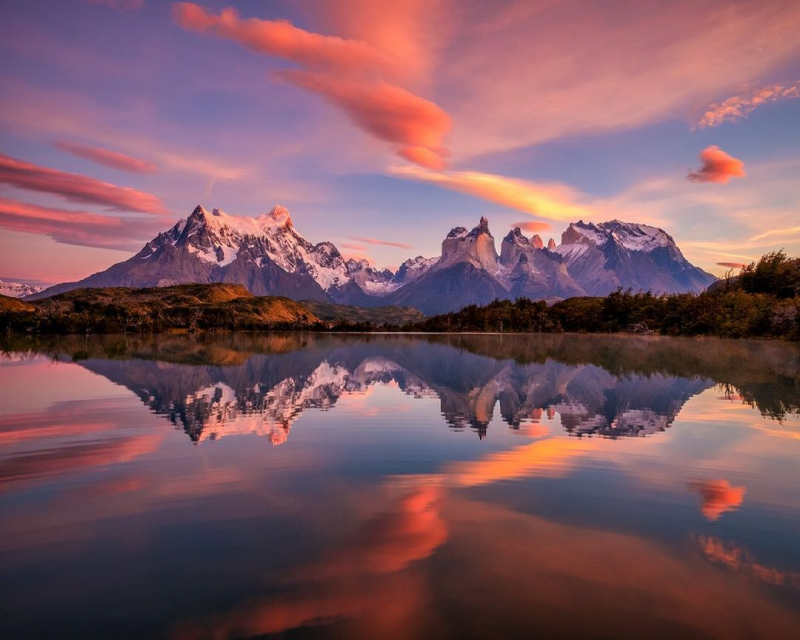
https://www.chile.travel/ 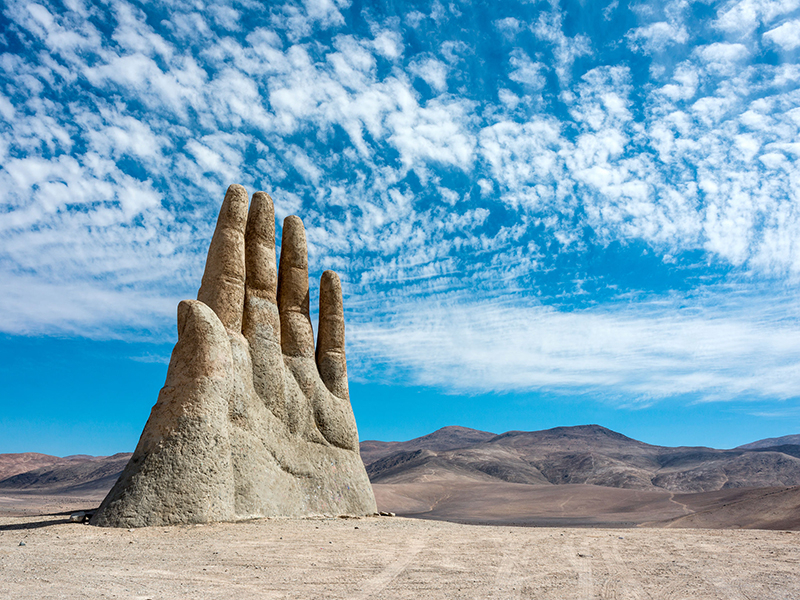
https://topflightfamily.com/ -
Valdiviana Week, or La Semana Valdiviana, is a festival held near Northern Patagonia's magnificent lake district. It is located along the Calle-Calle River's banks in the lovely town of Valdivia, on the Pacific coast.
La Semana Valdiviana is a summer festival that includes a one-of-a-kind floating parade. Valdivia people celebrate the creation of their city on February 9, 1552 in the festival of La Semana Valdiviana in southern Chile, an area of lakes and thousand-year-old trees.
Every year on February 9, a slew of watercraft fill the river, enthralling Valdivians and visitors from all around Chile and the world. The garlanded ships compete for the title of most opulent vessel, and the backdrop is ideal for crowning the Queen of All Rivers. The event concludes with a fireworks show, as people enjoy street entertainment, dining, and drinking beer along the riverfront, the latter being a reminder of the cultural influence of German immigrants who began arriving in the region in the 1800s.
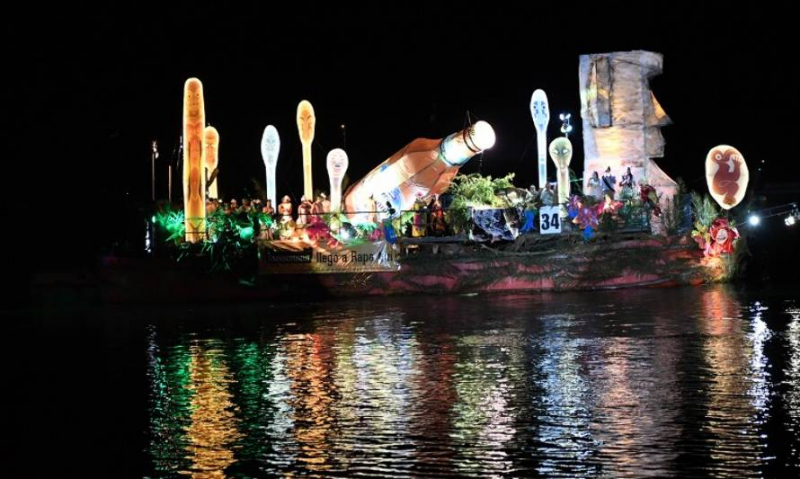
https://www.diariofutrono.cl/ 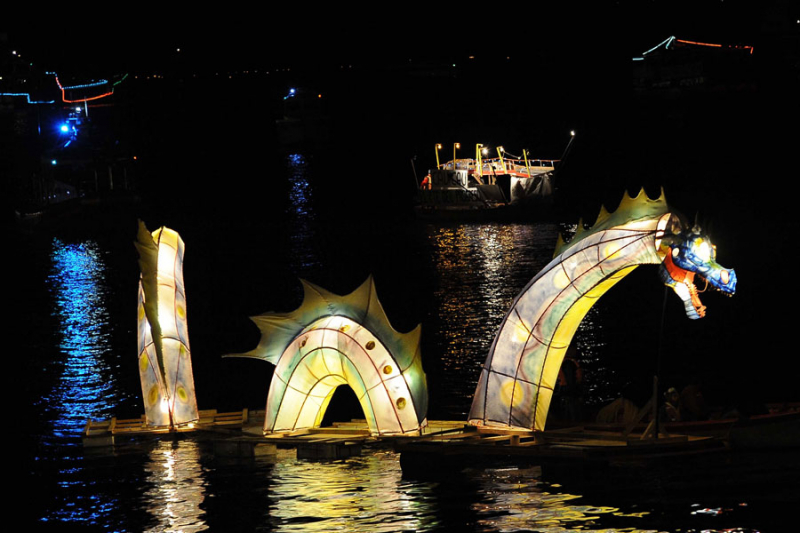
https://www.latercera.com/ -
San Alfonso del Mar is the world's second-largest swimming pool, with an area of 80,000 m2 (860,000 square feet). When it was completed in 2006, it was ranked first. In 2015, however, the largest swimming pool was won by Citystars Sharm El Sheikh in Egypt.
There are a few things to keep in mind if San Alfonso del Mar is on your bucket list. For starters, despite the fact that it is heavily advertised to foreigners, you may only use this pool if you are staying at the resort.
San Alfonso del Mar is an apartment complex with privately owned condos, rather than a hotel with rooms. So, if you want to come, you'll have to rent one of the condominiums from the owner directly. Second, the enormous pool here is not suitable for swimming. In actuality, it's a place where you can rent paddleboards and kayaks for water activities.
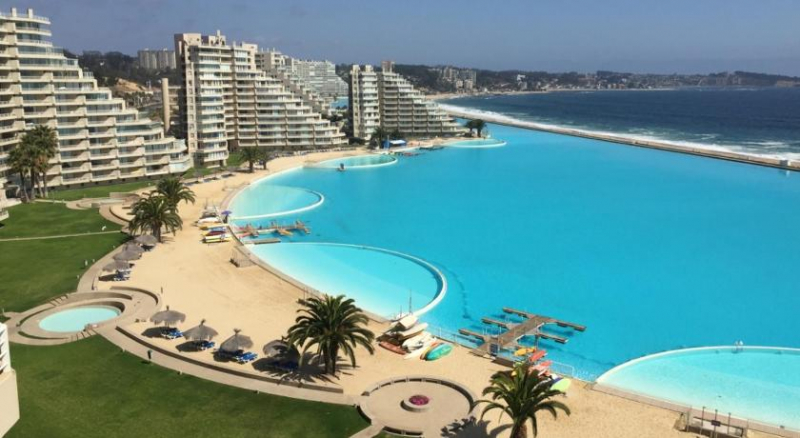
https://www.agoda.com/ 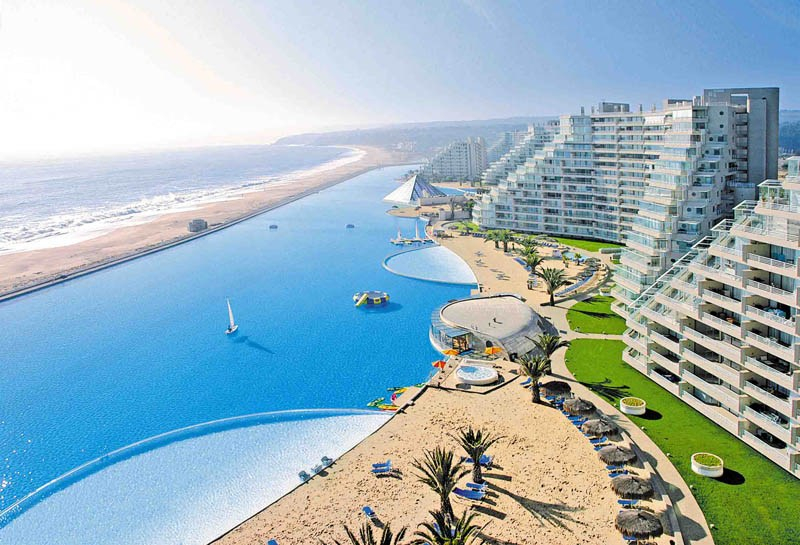
https://inaxgroup.com/ -
From the rainbow highlands of San Pedro to the Chilean Patagonia Torres del Paine, Toplist could write pages and pages about all the wonderful spots to visit in Chile. This country is rich in resources. Let's take a look at the top three destinations.
San Pedro de Atacama: The Atacama, the world's most arid desert, stretches over 1000 kilometers along the Pacific coast from northern Chile to the Peruvian and Bolivian borders, attracting an increasing number of adventurers each year. Why? Because the region offers a teeming with life natural beauty that can be viewed in its vastness, between valleys, volcanoes, exquisite oases, lagoons, and the peaks of the great cordillera on the horizon.
Torres del Paine: UNESCO designated the Torres del Paine Park as a biosphere reserve in 1978, and it is a must-see on your visit to Chile. The four granite peaks that may be found there gave it its name. In the park, you can go on hikes that last anywhere from half a day to a week (the W and O routes are the best known). So many natural treasures await the traveler at every turn: milky blue lakes, glaciers, and granite summits!
Easter Island is the world's most remote island, more than 3,700 kilometers from the nearest continent; it was formed by the explosion of three volcanoes. Easter Island's monuments and intriguing history are extremely fascinating. The residents created more than 887 moa, gigantic statues in tuff and basalt reaching up to 8 meters in height, in response to commands from leaders and priests to connect with the gods.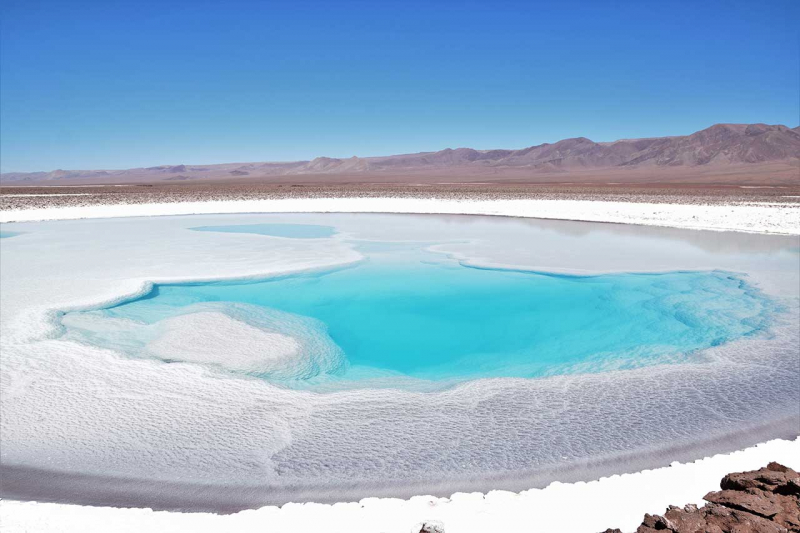
https://www.chileresponsibleadventure.com/ 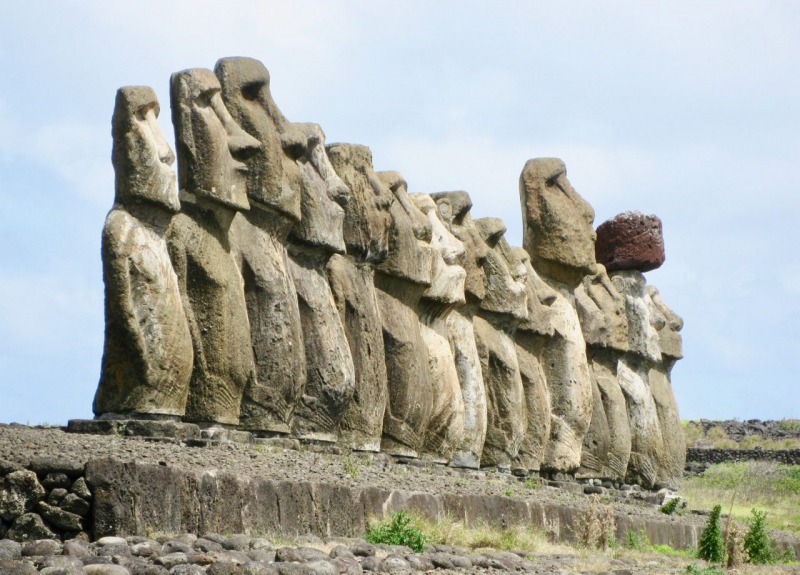
https://velvetescape.com/ -
When you visit Chile, you will quickly realize that you are also entering a different culinary world. Every tourist should taste at least one meal from the country's surprisingly extensive and diversified menu. Furthermore, Santiago features one of the most vibrant culinary scenes in the country, giving it the ideal location for sampling some of Chile's best traditional cuisine. Here are four famous Chilean meals that you must taste if you want to fully appreciate the diversity of Chilean cuisine!
Empanadas are small puff pastry pastries that are cooked and filled with cheese, seafood, or a mixture of pork, onions, eggs, and olives. Empanadas are easy to find in takeaway kiosks and can be enjoyed at any time of day. They are a vital aspect of Chilean culinary culture, even if their gastronomy isn't superb.Humitas: This Andean cuisine can be found in Bolivia, Argentina, Ecuador, Peru, and, of course, Chile! Corn is often cooked with onion and basil, which gives it an enticing flavor. The dish is then wrapped in the maize leaves that were used as a component. It's either lightly sweetened or served with tomatoes.
Completo: Another traditional Chilean food staple is the completo, which is the country's version of a hot dog, but with more toppings. The word "completo," which means "complete" or "total," is a great way to describe what is essentially a hot dog sausage wrapped in a loaf of bread and topped with as many different toppings as possible.
Asado (Chilean barbecue): Ah, the asado! Although there is fierce competition between Chile and its neighbor, Argentina, over who serves the greatest asado, both countries agree that the asado is a delightful supper as well as a year-round social event. Although a family asado is undoubtedly unique, there are a variety of eateries that can introduce you to Chile's passion for barbecue. For a truly asado experience, head to the well-known restaurant Happening in the heart of Santiago, where delectable slices of beef are cooked on the grill.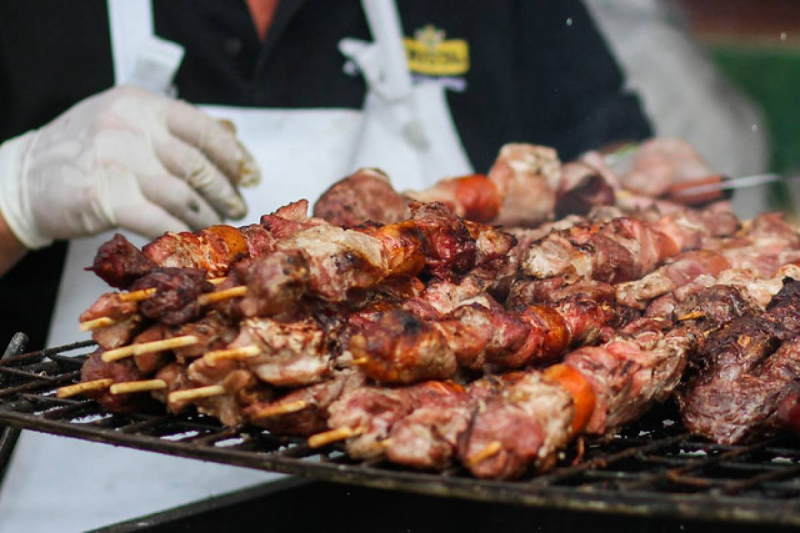
https://soundsandcolours.com/ 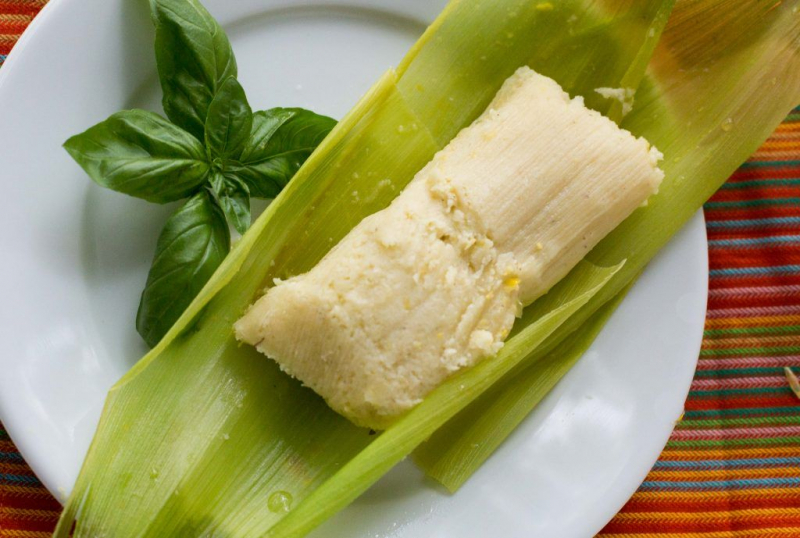
https://www.chileanfoodandgarden.com/












